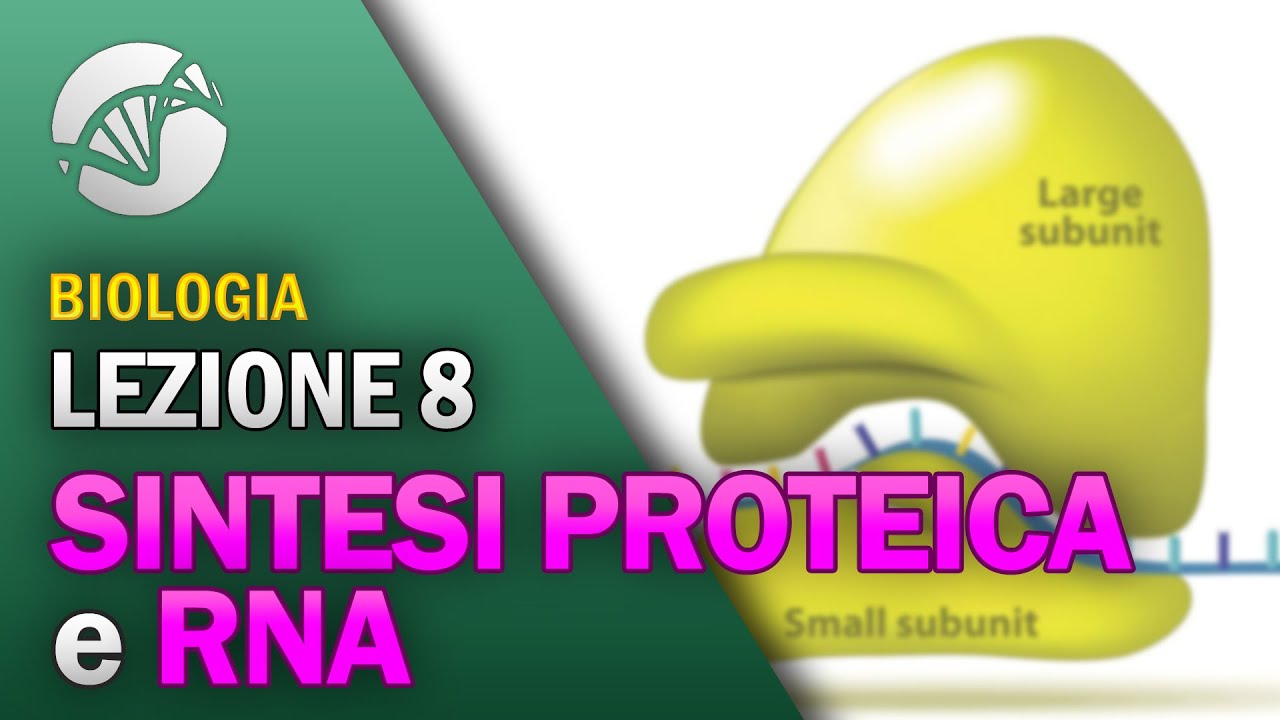Macrolides: Mechanisms of Action and Resistance
Summary
TLDRThis video script explains the process of bacterial protein synthesis, focusing on the role of DNA, RNA, and ribosomes. It covers how bacteria transcribe DNA into messenger RNA (mRNA) and translate it into proteins through ribosomes, with the help of transfer RNA (tRNA). The script also discusses how macrolide antibiotics work by inhibiting protein synthesis, and highlights bacterial resistance mechanisms. Resistance can occur via modifications to the ribosomal subunit or through efflux pumps that expel the antibiotic. The script emphasizes the complex ways bacteria adapt to survive against antibiotic treatments.
Takeaways
- 😀 Bacterial DNA is circular and contains the genetic code for essential proteins and RNA for protein synthesis.
- 😀 Transcription is the first step in protein synthesis where one strand of DNA is copied into mRNA.
- 😀 mRNA detaches from the DNA template and binds to ribosomes to begin translation of the protein.
- 😀 Translation involves tRNA molecules carrying amino acids, aligning along the mRNA to form a polypeptide chain.
- 😀 The ribosome continues adding amino acids to the chain until a stop signal is reached, releasing the finished protein.
- 😀 Macrolide antibiotics can inhibit protein synthesis by binding to the bacterial 50s ribosomal subunit.
- 😀 Macrolides are typically bacteriostatic, but at high concentrations, they can be bactericidal under certain conditions.
- 😀 Resistance to macrolides can occur due to mutations in the ribosomal subunit or through other bacterial genetic mechanisms.
- 😀 The IR gene, often located on plasmids or transposons, can modify the ribosomal subunit, leading to macrolide resistance.
- 😀 Another resistance mechanism involves e-lux pumps encoded by the mefa gene, which actively pump out macrolides from bacterial cells.
- 😀 In some bacteria, such as Staphylococcus aureus, specific e-lux pumps can also confer resistance to other antibiotics like lincosamides and streptogramins.
Q & A
What is the role of DNA in bacteria?
-The DNA in bacteria contains the unique genetic code required for producing all proteins necessary for bacterial survival, including those involved in growth, repair, and metabolism regulation. It also codes for three types of RNA essential for protein synthesis: ribosomal RNA (rRNA), messenger RNA (mRNA), and transfer RNA (tRNA).
What happens during the process of transcription in bacteria?
-During transcription, the double-stranded DNA unwinds and separates at the region coding for a specific protein. One strand of DNA serves as a template to create a mirror copy in the form of messenger RNA (mRNA), which detaches from the DNA and is ready to participate in protein synthesis.
How does translation occur in bacteria?
-In translation, the mRNA binds to bacterial ribosomes, which consist of a small 30S and a large 50S subunit. The ribosome reads the mRNA sequence and aligns tRNA molecules carrying amino acids. These amino acids are linked together to form a polypeptide chain, which grows until a stop signal on the mRNA is reached, releasing the completed protein.
What is the role of ribosomal RNA (rRNA) in bacteria?
-Ribosomal RNA (rRNA) is essential for protein synthesis in bacteria. It forms part of the ribosome, where it helps align the mRNA and tRNA, facilitating the correct assembly of amino acids into proteins.
How do macrolide antibiotics inhibit protein synthesis?
-Macrolide antibiotics inhibit protein synthesis by attaching to the 50S ribosomal subunit in bacteria, blocking the ribosome's ability to synthesize polypeptide chains, thereby preventing bacterial growth.
What is the MLS phenotype in bacterial resistance?
-The MLS phenotype refers to bacterial resistance to macrolides, lincosamides, and streptogramin B antibiotics. It occurs due to changes in the 50S ribosomal subunit, which decreases the binding affinity for these antibiotics, preventing them from inhibiting protein synthesis.
How does the IR gene contribute to macrolide resistance?
-The IR gene, found on plasmids or transposons, encodes an enzyme that methylates the 50S ribosomal subunit, altering its structure. This modification reduces the binding affinity of macrolide antibiotics to the ribosome, conferring resistance to these drugs.
What is the mechanism of resistance involving e-flux pumps?
-E-flux pumps, encoded by the mefa gene, actively pump macrolide antibiotics out of the bacterial cell after they have entered. This prevents the antibiotic from reaching its target in the ribosome, thus reducing the effectiveness of macrolides. This mechanism confers moderate resistance.
What is the difference between the M and MLS phenotypes in antibiotic resistance?
-The M phenotype involves resistance to macrolides only, mediated by e-flux pumps that pump out the antibiotics. The MLS phenotype involves resistance to macrolides, lincosamides, and streptogramin B due to modifications in the 50S ribosomal subunit, preventing the antibiotics from binding and inhibiting protein synthesis.
Can macrolide antibiotics still enter bacteria with e-flux pumps present?
-Yes, macrolide antibiotics can still enter bacteria even if e-flux pumps are present. However, once inside the cell, the e-flux pumps actively expel the antibiotics before they can reach their target, the 50S ribosomal subunit, thus preventing them from inhibiting protein synthesis.
Outlines

Esta sección está disponible solo para usuarios con suscripción. Por favor, mejora tu plan para acceder a esta parte.
Mejorar ahoraMindmap

Esta sección está disponible solo para usuarios con suscripción. Por favor, mejora tu plan para acceder a esta parte.
Mejorar ahoraKeywords

Esta sección está disponible solo para usuarios con suscripción. Por favor, mejora tu plan para acceder a esta parte.
Mejorar ahoraHighlights

Esta sección está disponible solo para usuarios con suscripción. Por favor, mejora tu plan para acceder a esta parte.
Mejorar ahoraTranscripts

Esta sección está disponible solo para usuarios con suscripción. Por favor, mejora tu plan para acceder a esta parte.
Mejorar ahoraVer Más Videos Relacionados

mechanism of action of erythromycin

BIOLOGIA - Lezione 8 - Sintesi Proteica e RNA

BIOLOGI Kelas 11 - Bioproses Sel (Sintesis Protein & Reproduksi Sel) | GIA Academy

Transcription Process | Gene Expression | From DNA To mRNA | Class 12 Biology

Simulasi Bermain Peran Sintesa Protein Kelas XII MIPA 1 smawar

Protein Synthesis
5.0 / 5 (0 votes)
